Contact Us
- Solutions
- Resources
- About
- Contact Us
close
Optional callout banner for highlighted news or events
Learn More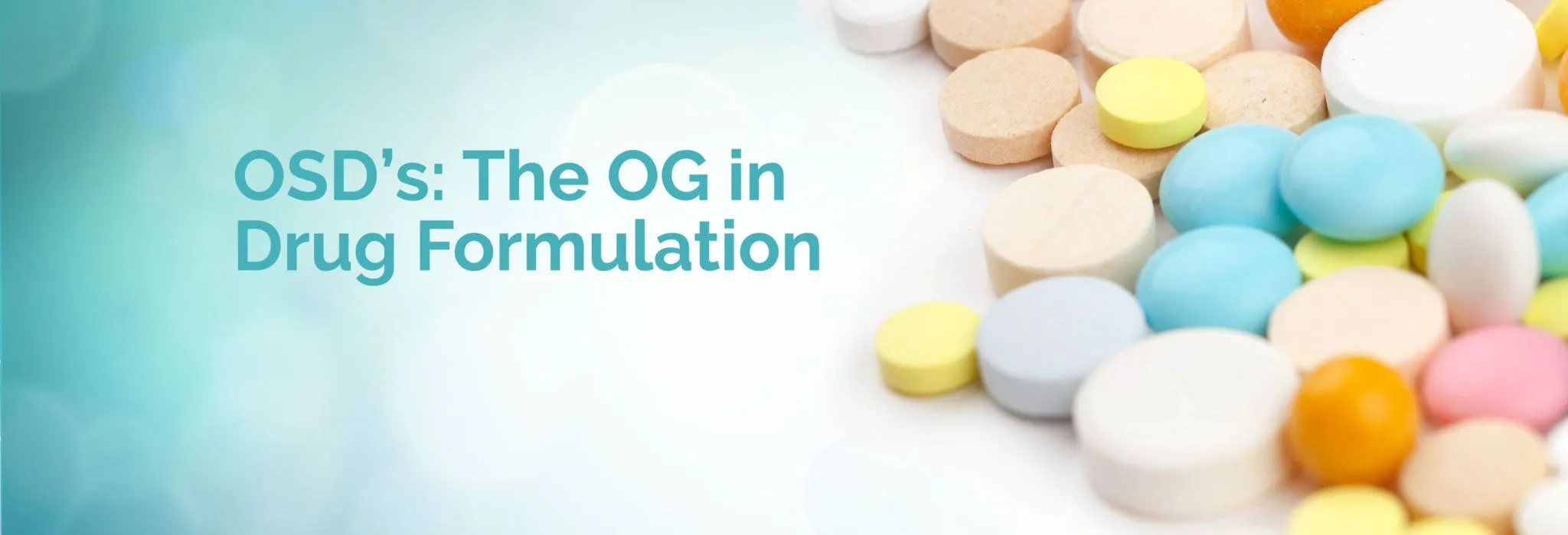
Modern tablet production dates back to the 19th Century, but the technology has challenged formulators since ancient Egypt. George Griffenhagen, a renowned pharmaceutical historian, dates pills back to 1500 BC, assumedly invented so that measured amounts of a medicinal substance could be delivered to patients. The first pill references crop up in ancient Egyptian times, writes Griffenhagen, where papyruses were filled with medical remedies. Plant powders or other active ingredients would be mixed with dough, grease, or honey, then formed into balls with the fingers. In medieval times, pills began to be coated with slimy plant substances to slide down more easily or taste less bitter. Medicines in pill form became popular in 17th Century England and eventually made their way to the United States in the 18th Century. The 19th Century bore witness to sugarcoating and gelatin coating of pills, as well as the invention of gelatin capsules.1
Our history with oral solid dosage formulations has given rise to a global oral solid dosage pharmaceutical market. The US alone accounted for 93.6% of the North American oral solid dosage pharmaceutical market share in 2021, owing to the increasing number of oral solid dosage drug approvals in the country. Of the 50 new drugs approved by CDER in 2021, almost half were tablets and capsules (23 in total).2
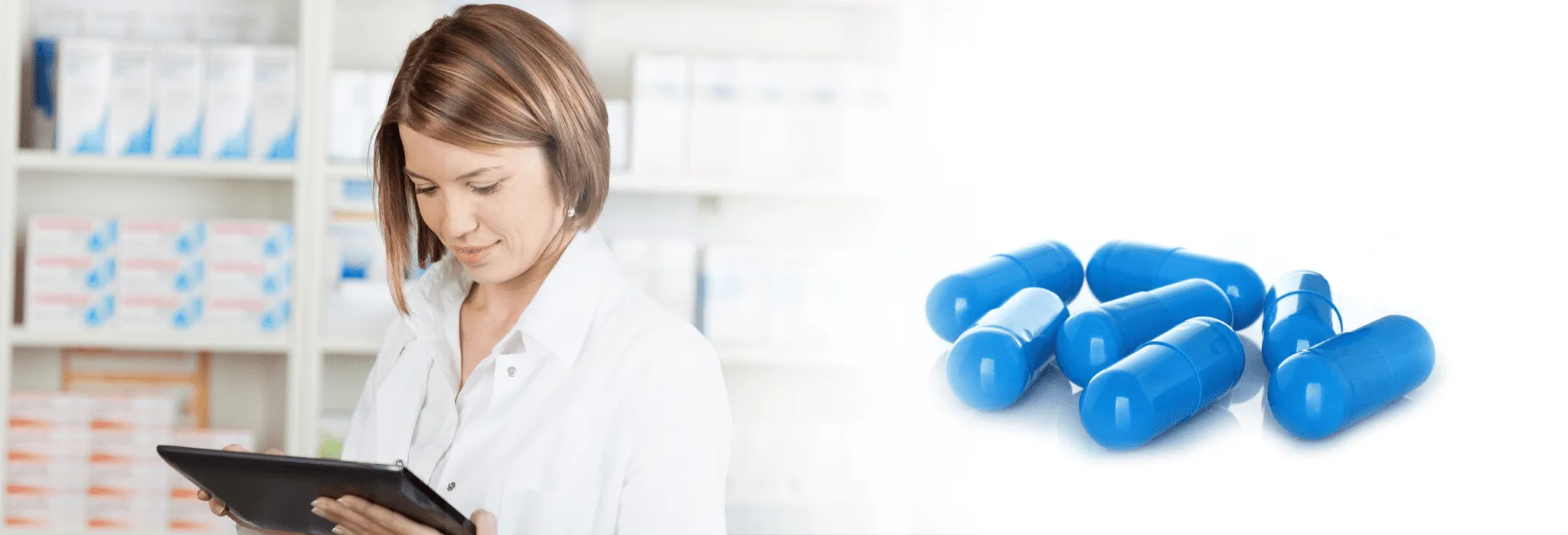
Immediate-release OSDs contributed the highest market share of the segment, at 57.9% in 2021, because these are used to release the medication for absorption and subsequent pharmacologic action. This results in quick action and early pain relief. While the majority of OSDs are immediate-release formulations, the patient-centric approach to therapeutics is fueling a rapid rise in the demand for modified-release OSDs. As a result, modified-release oral solid products will contribute to the growth of the market through 2032. By sustaining therapeutic blood concentrations for a longer period, modified-release medications:
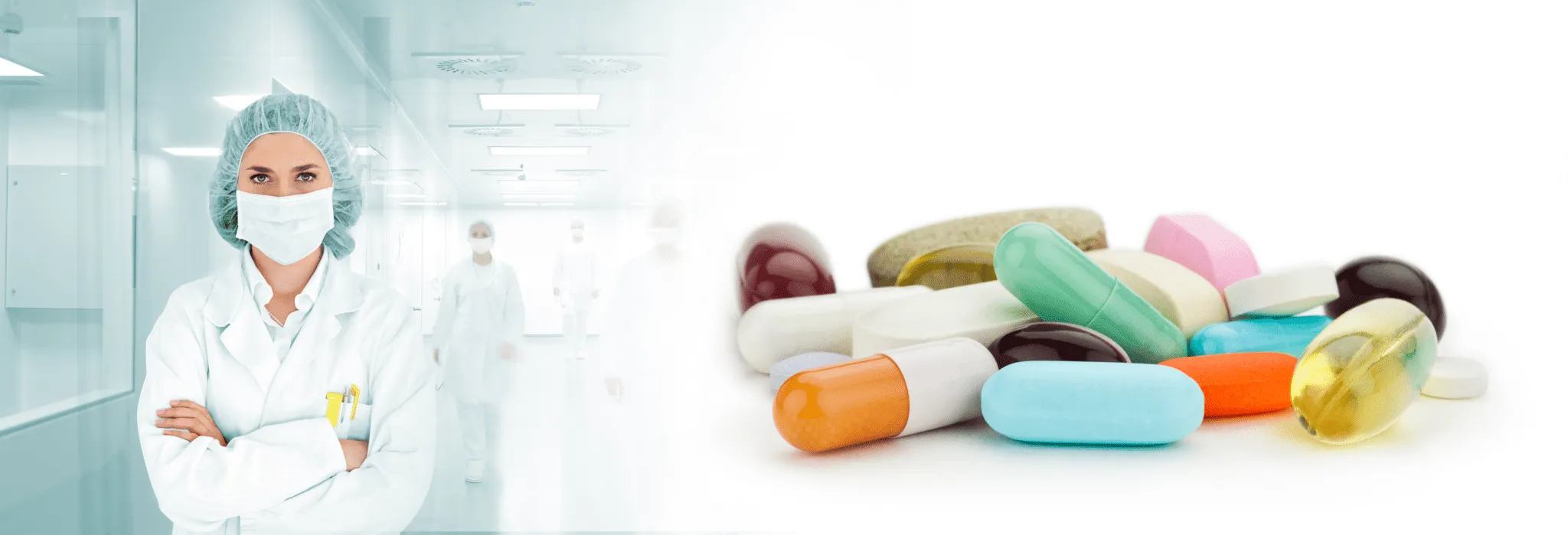
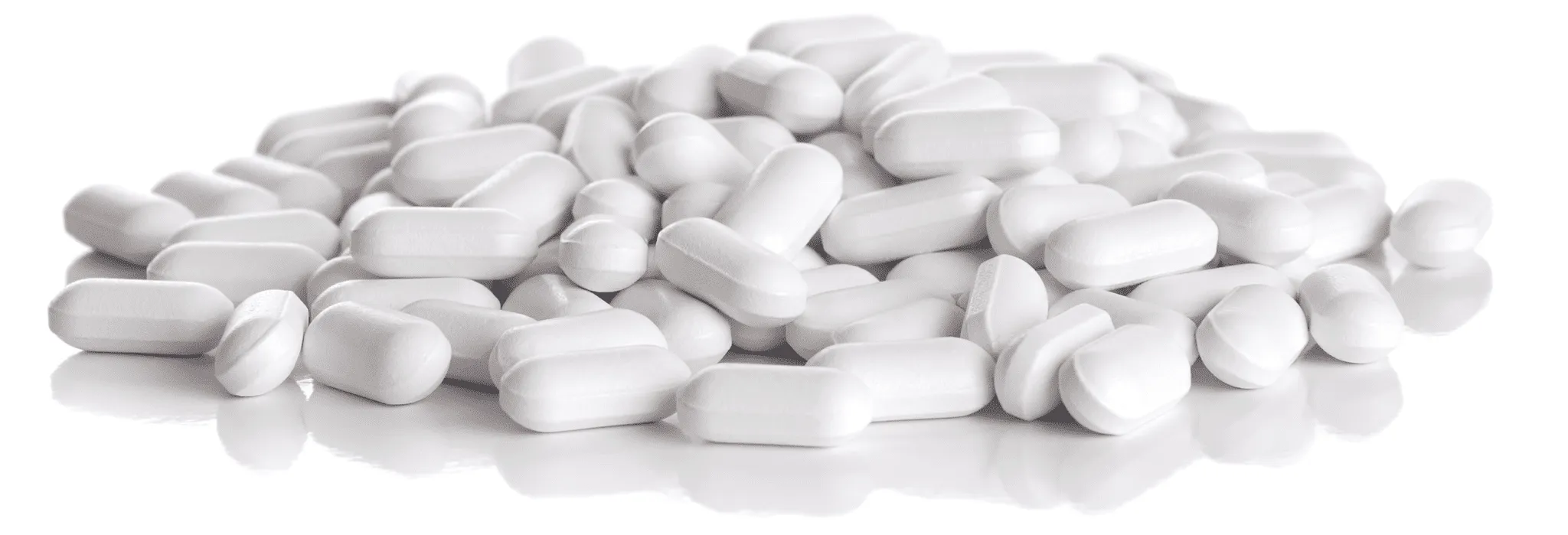
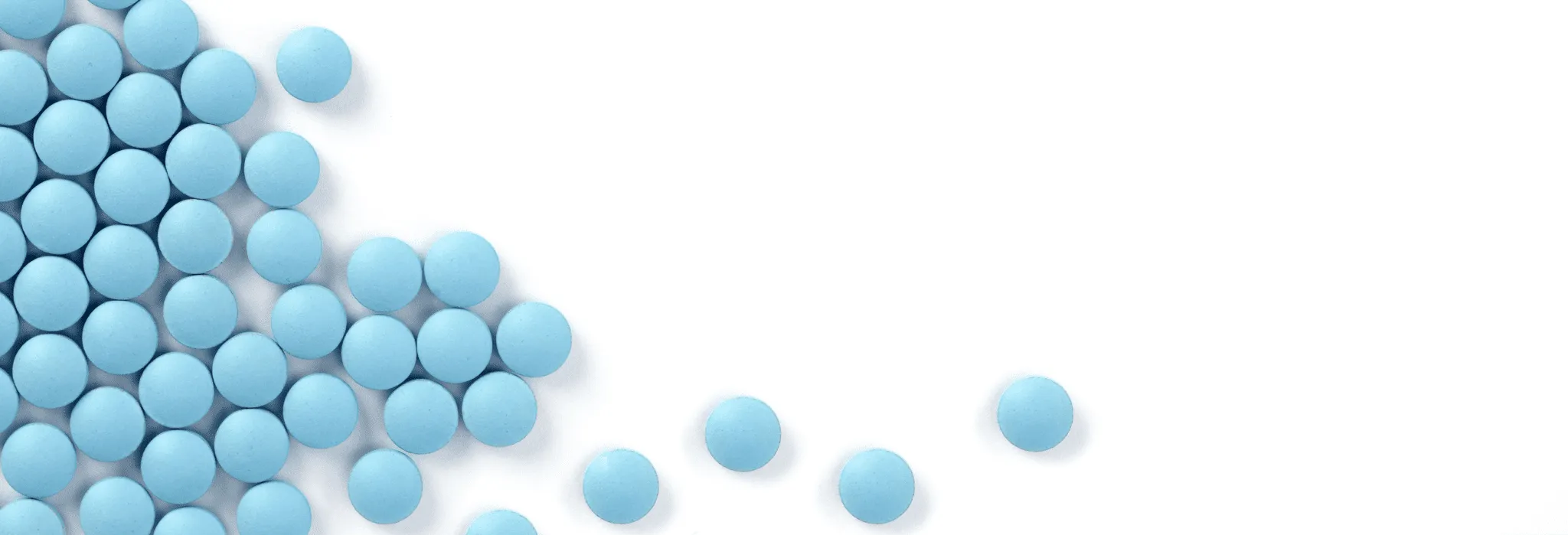
Animal-based gelatin capsules are gradually being replaced by those made from materials of vegetarian sources such as cellulose-based polymer. This trend is becoming popular due to the increasing number of people choosing to lead a vegan or vegetarian lifestyle. Plant-based capsules, such as HPMC (hydroxypropyl methylcellulose), have been developed to cater to the needs of these vegan or vegetarian customer bases.
These trends are certain to drive the need for increased OSD manufacturing capacity now and for the foreseeable future.4
Like what you read? Share with your network: